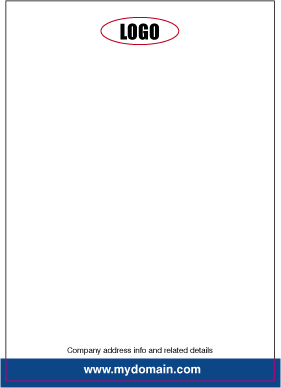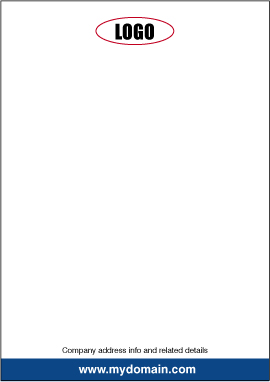
How to champion your brand through your product labelling
Your product labels are so much more than just a name tag or a price tag. They are an essential resource for projecting your brand values clearly, consistently and universally to your entire audience. Here, we explore the top techniques to ensure your labels sell your brand.
Don’t confuse your customers
As an example, if you’re selling a cosmetics product geared towards men, neutral colours are normally the right approach, otherwise you run the risk of confusing your target audience into thinking that the product is targeting towards women. Likewise, flamboyant font and décor will often be interpreted as feminine, while a minimalist design with plain font would be inappropriate for a luxury item geared towards women.
Do your customers know exactly what your product is?
If your customers can’t identify what your product is, or if they have reservations about who or what it’s for, the chances are they won’t buy it, nor will they be able to ascertain whether it represents good value for money when comparing it with other products. Furthermore, if you’re selling healthcare-related products, ensuring your labelling is clear and concise will minimise the risk of your customers misreading the instructions and falling seriously ill in the worst-case scenario.
Be direct – get your point across
If you’re selling a promotional item, make sure the important information – the discount, RRP, and new price – are not obstructed in any way. To get the message across, the text must stand out from a distance, and one of the best ways to achieve this is to have bright font and a dark background, or vice versa. When there is sufficient contrast between the main text and the rest of the label, your promotion will be naturally eye-catching, but if the information is difficult to comprehend from a distance, you will have difficulty spreading the message.
First and foremost, your labelling must inform
If you’re selling a household product, your customers will need to know exactly what kind of activity the product is intended for. Someone purchasing a cleaning product would expect to see adjectives like ‘clear’, ‘eliminate’, or ‘remove’, because these words represent the action of the product (i.e. to get rid of dirt/dust/debris). Make sure the label is the right size for the product packaging, because if it isn’t, it won’t look professional.
Don’t forget to use the correct words
Put yourself in your brand and only use words you are comfortable with; be authentic so your customers see you as authentic. Refrain from using words of phrases that could have potentially negative connotations either for your brand or a particularly group, and make sure you turn all the features into benefits for the customer. That means avoiding words like ‘small’ and ‘cheap’, and using words like ‘cosy’ and ‘economical’ instead.
The more succinct you are, the more you can spread your brand message, because your audience will be able to understand it, which is how you will achieve brand recognition. There’s only so much space available for your text, so be sure to choose words that have the biggest impact and sells your brand efficiently. It is important to use good quality label suppliers to ensure that labels are consistent and of a high quality.
The more competition you have, the more attention you must pay to your labels
If your competitors have product offerings that are similarly priced, the difference between customers choosing their product over yours could simply be down to the labelling. The cost of investing in labelling is relatively minimal, but the cost that incorrect or poor labelling can have on your business can be immeasurable.
Tammy Wiltshire works for the leading UK label manufacturer, Labelnet. Based in Ongar, Essex, Labelnet design and manufacture high quality branded labels, stickers and packaging.



Leave a Reply